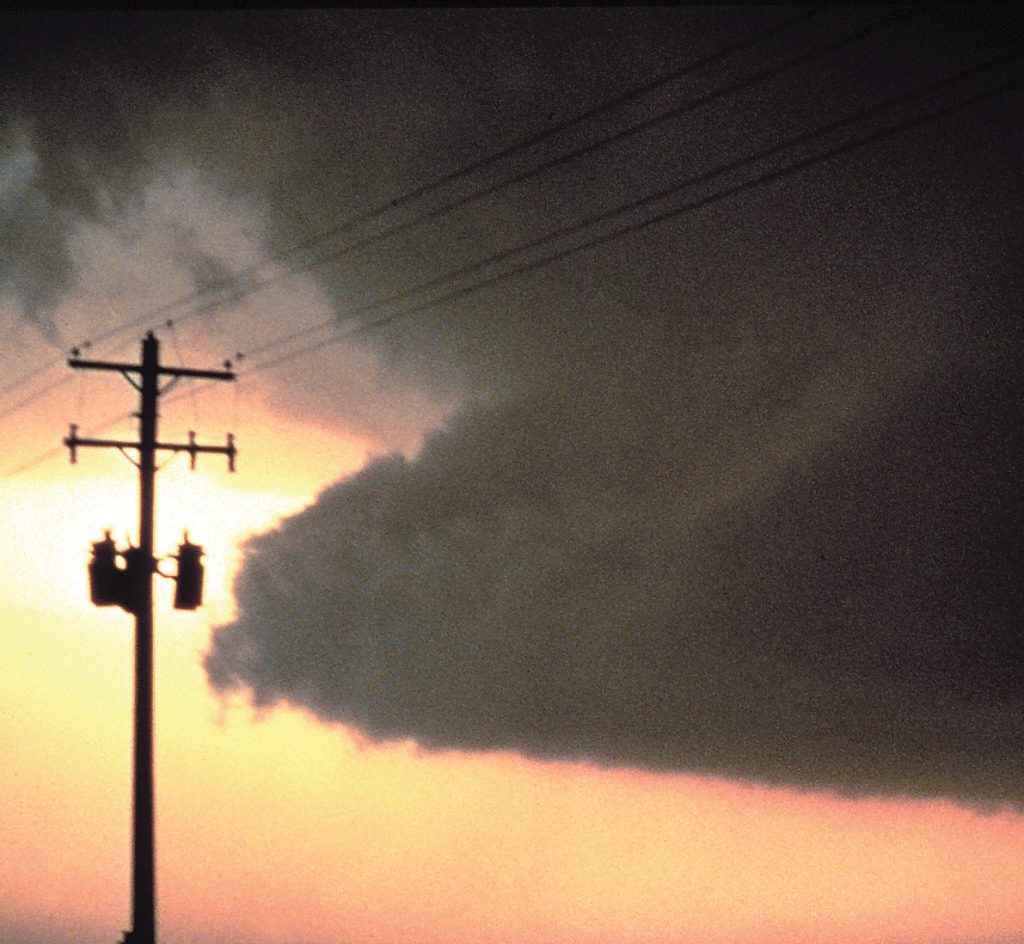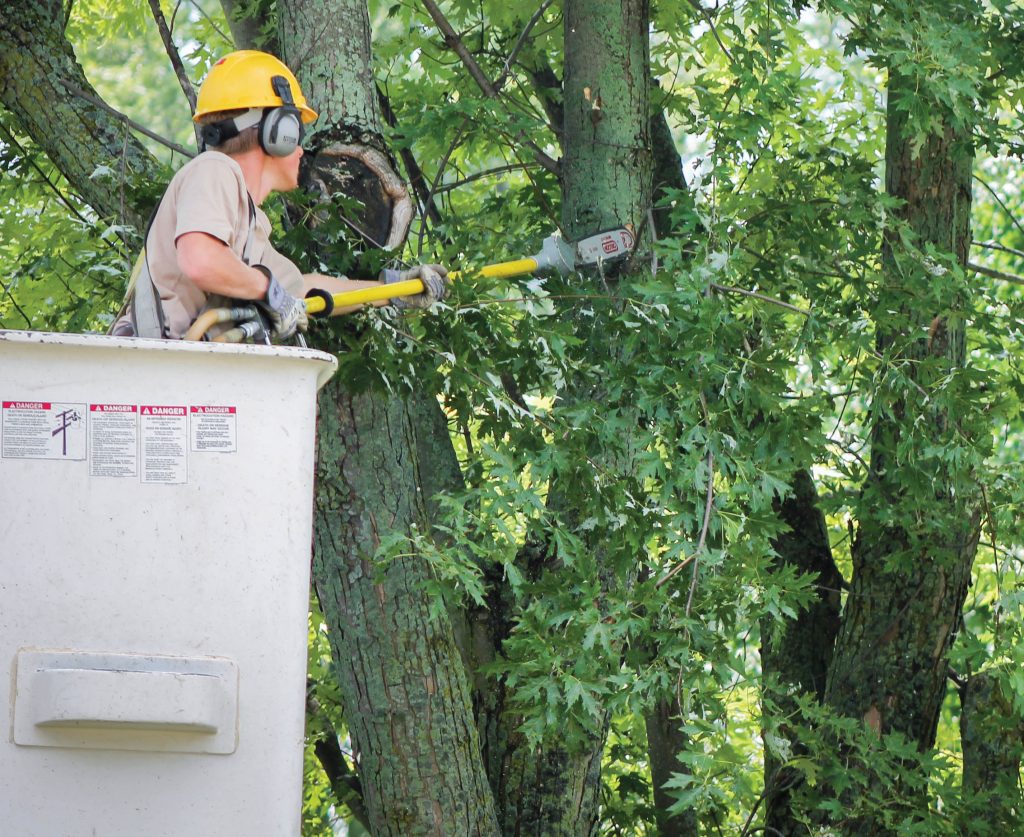As your local electric utility co-op, we provide a number of programs and services. Our vegetation management plan was implemented to control the growth of trees and other woody-stemmed vegetation around equipment and rights-of-way. Southeastern Indiana REMC spends considerable amounts of money every year to trim trees to avoid tree-to-line contact.
Stormy weather can blow tree limbs into distribution lines, cause outages, and even topple the trunks entirely, breaking poles and creating hazards. Limbs and leaves in contact with power lines can conduct electricity, creating a potentially dangerous condition for anyone who comes near.
When a power line comes in contact with fallen limbs or whole trees, REMC will step in by clearing the line to restore outages. This leaves members with the question,
“Why are the trunks/branches left in my yard?”
The answer is that REMC’s storm restoration response is different from our vegetation management procedure.
Storm restoration
When limbs or trees come in contact with power lines during a storm, our main focus is to restore the power. Trees and limbs causing issues are cut in order to repair the line and restore power.
During storm restoration, REMC crews do not take the time to clear away the debris left behind.
Vegetation management
Before tree trimming takes place, the work is scheduled and members are notified. All rights-of-way are cleared, ground-to-sky, at least 20 feet on each side of the power line.
The REMC’s contracted crews are responsible for clearing the debris after tree trimming takes place. If limbs are not cleared, please contact us at 812-689-4111.





